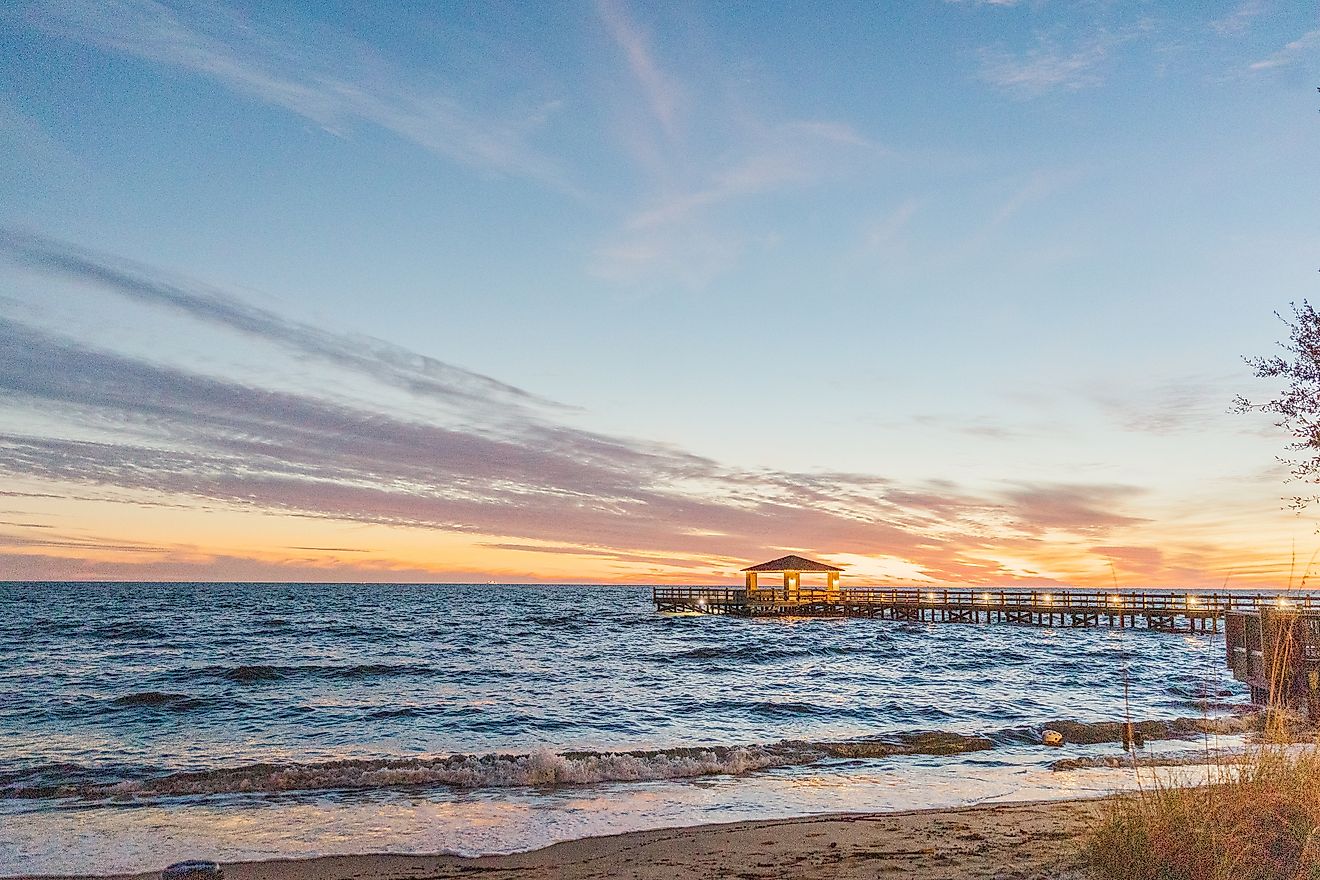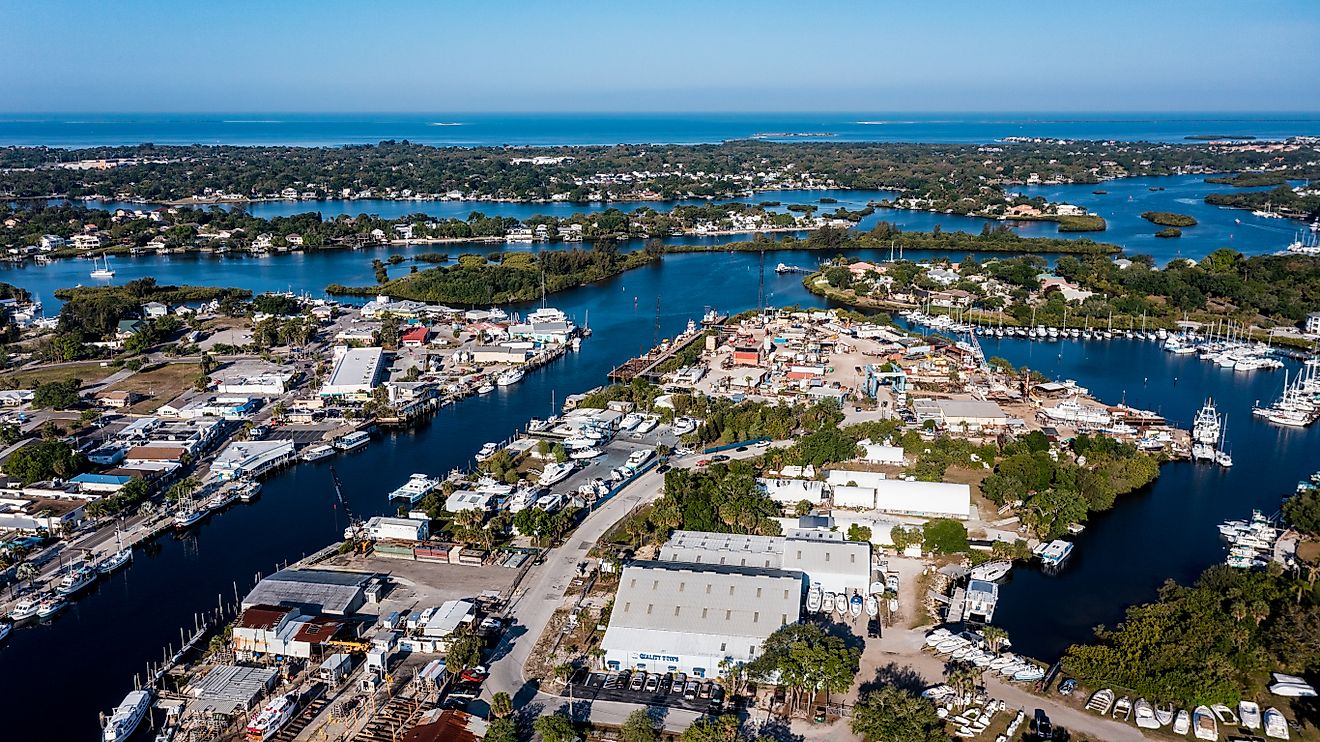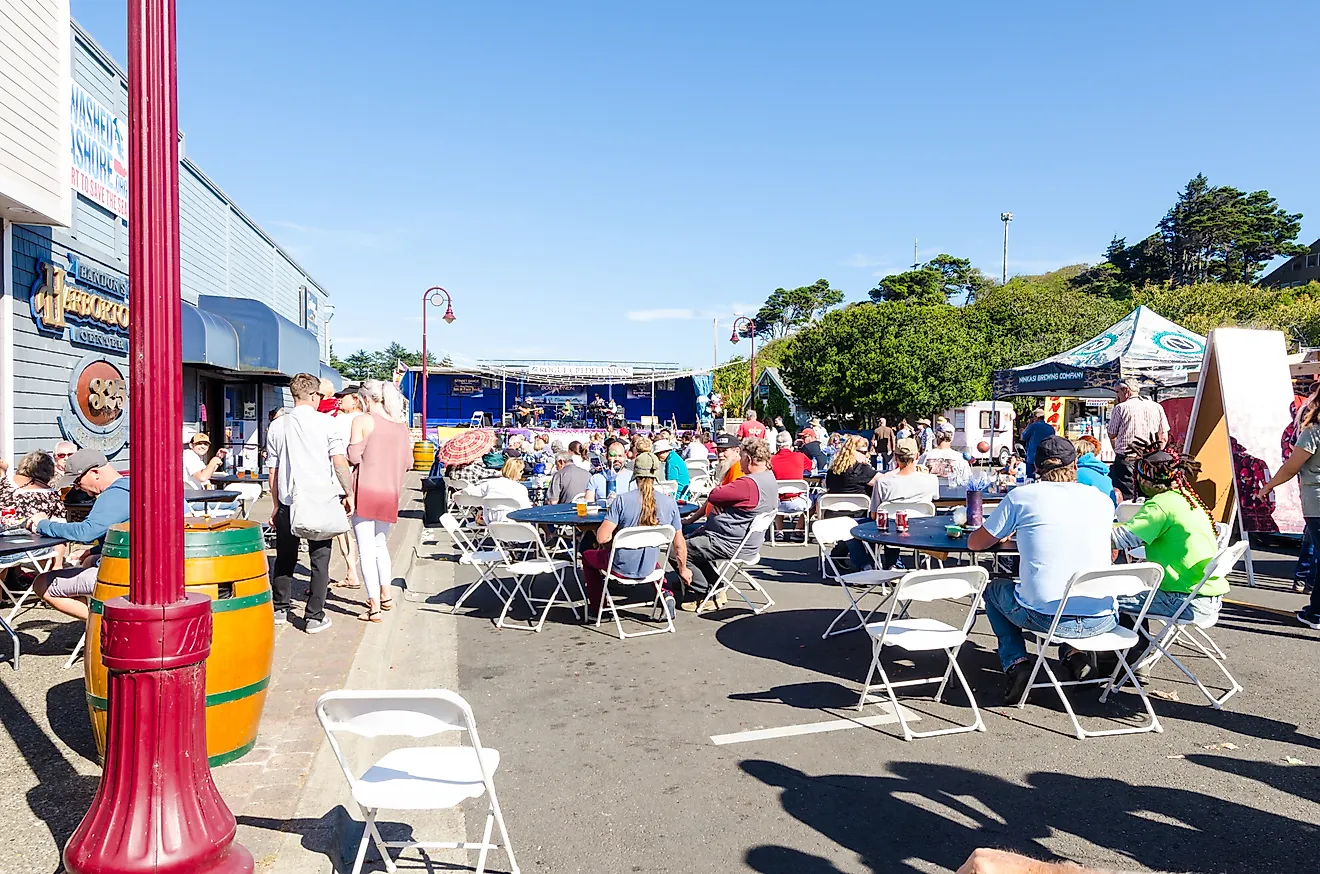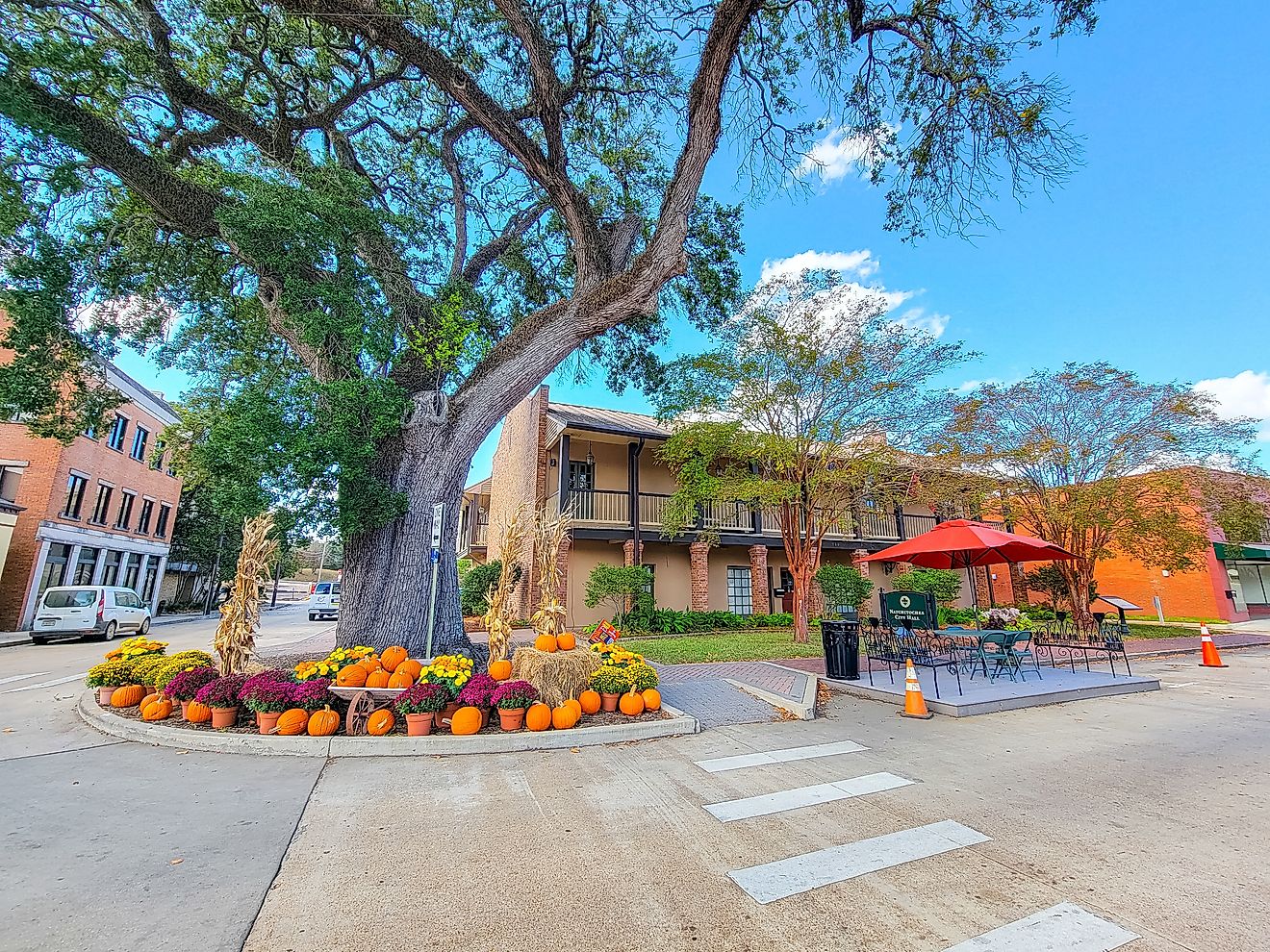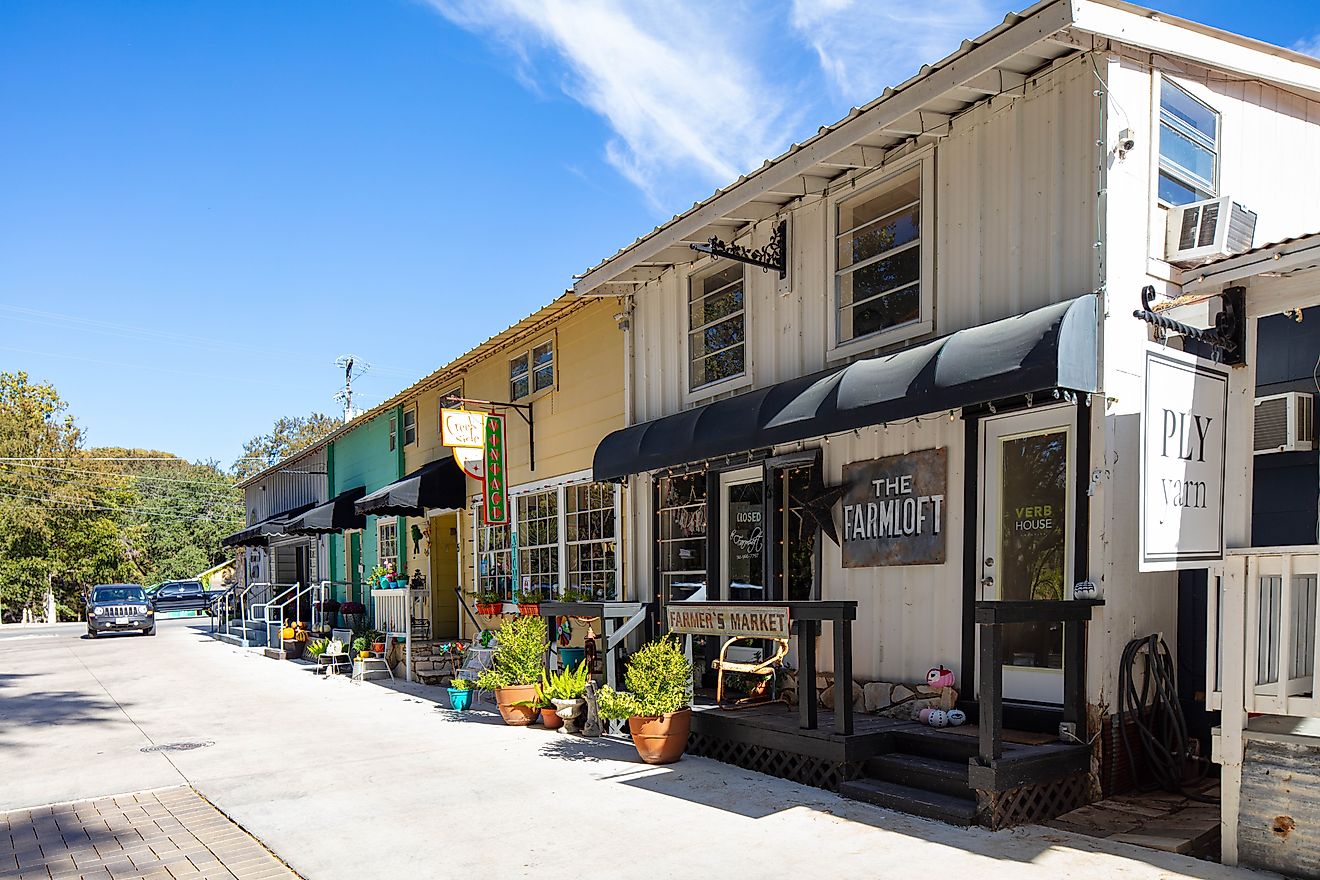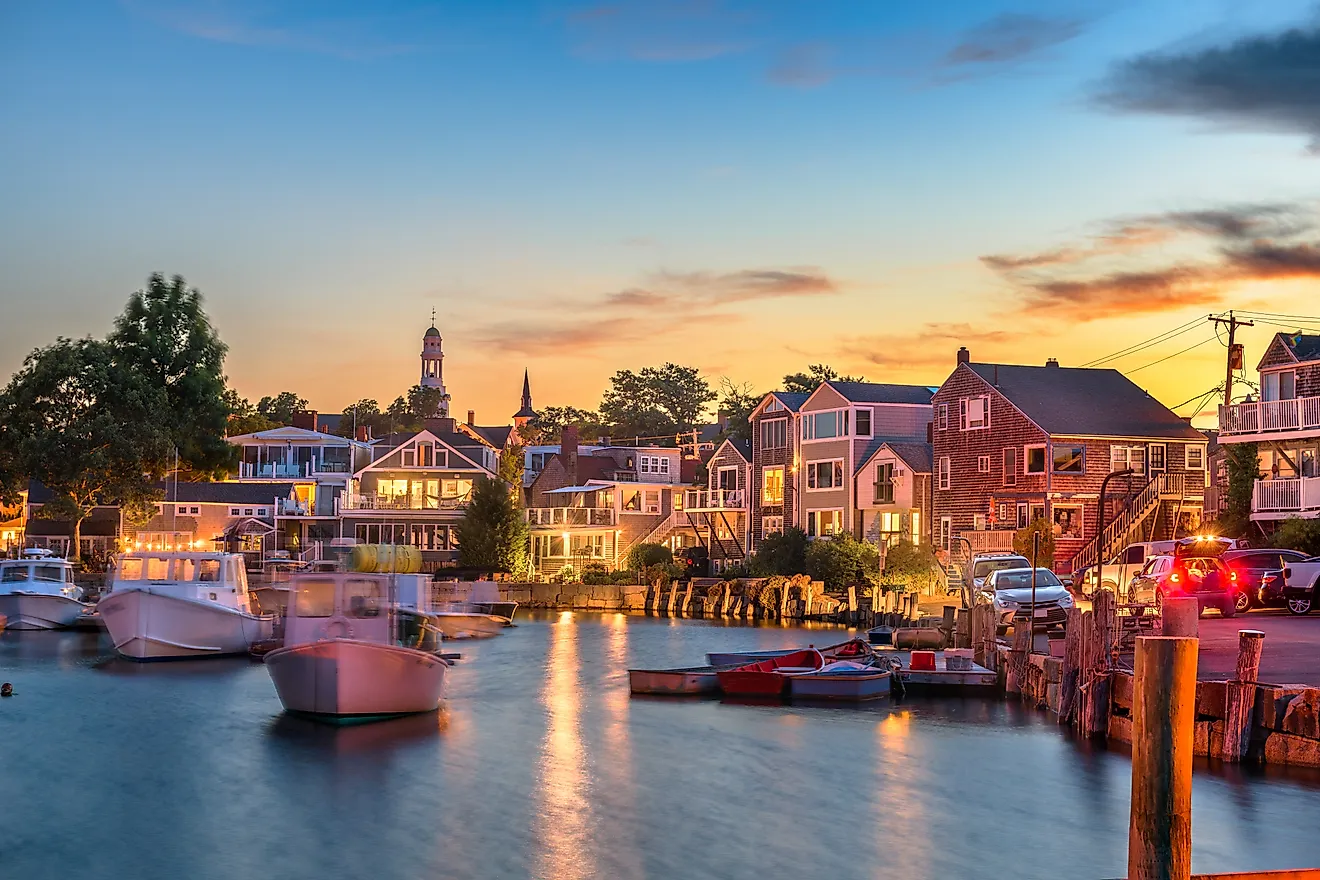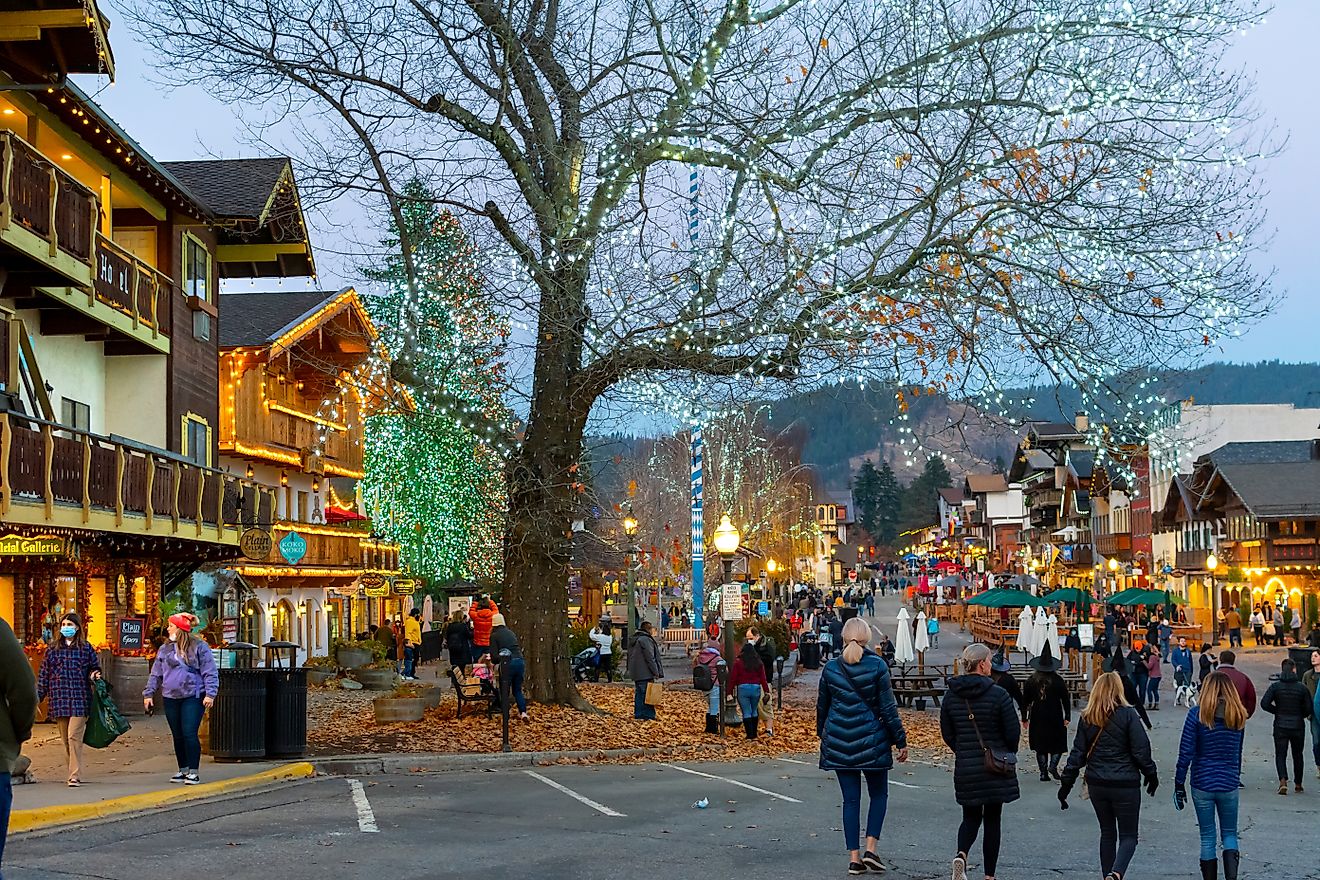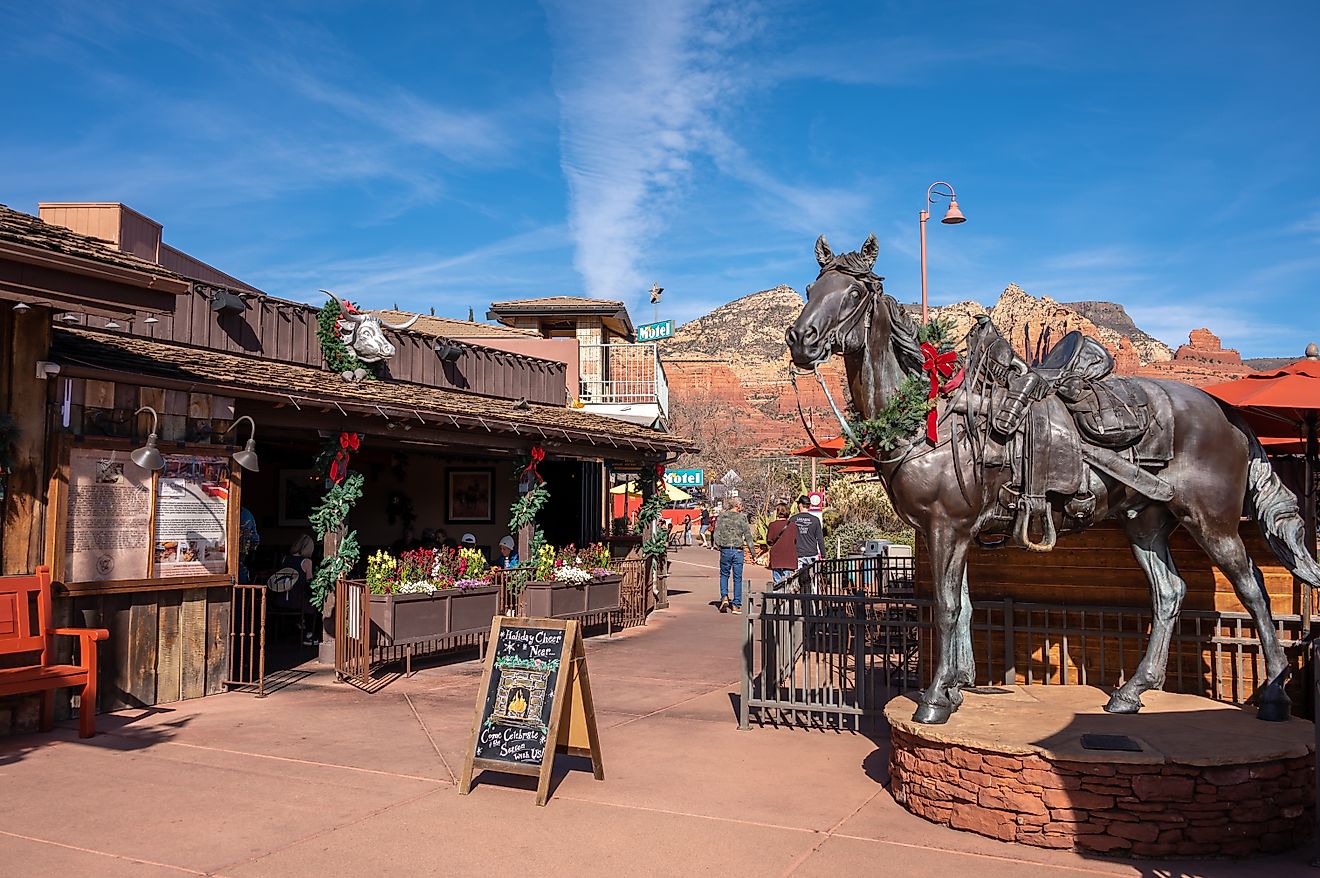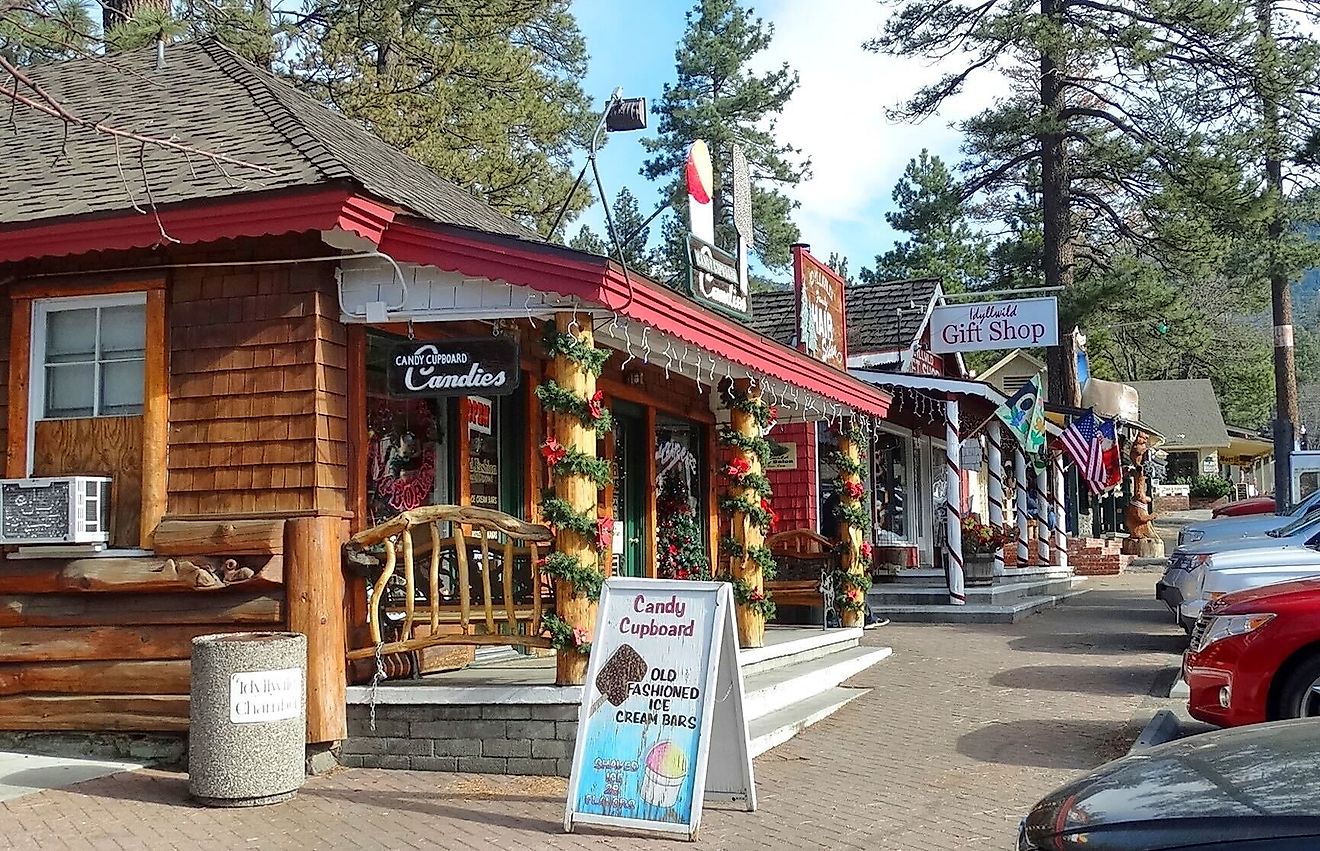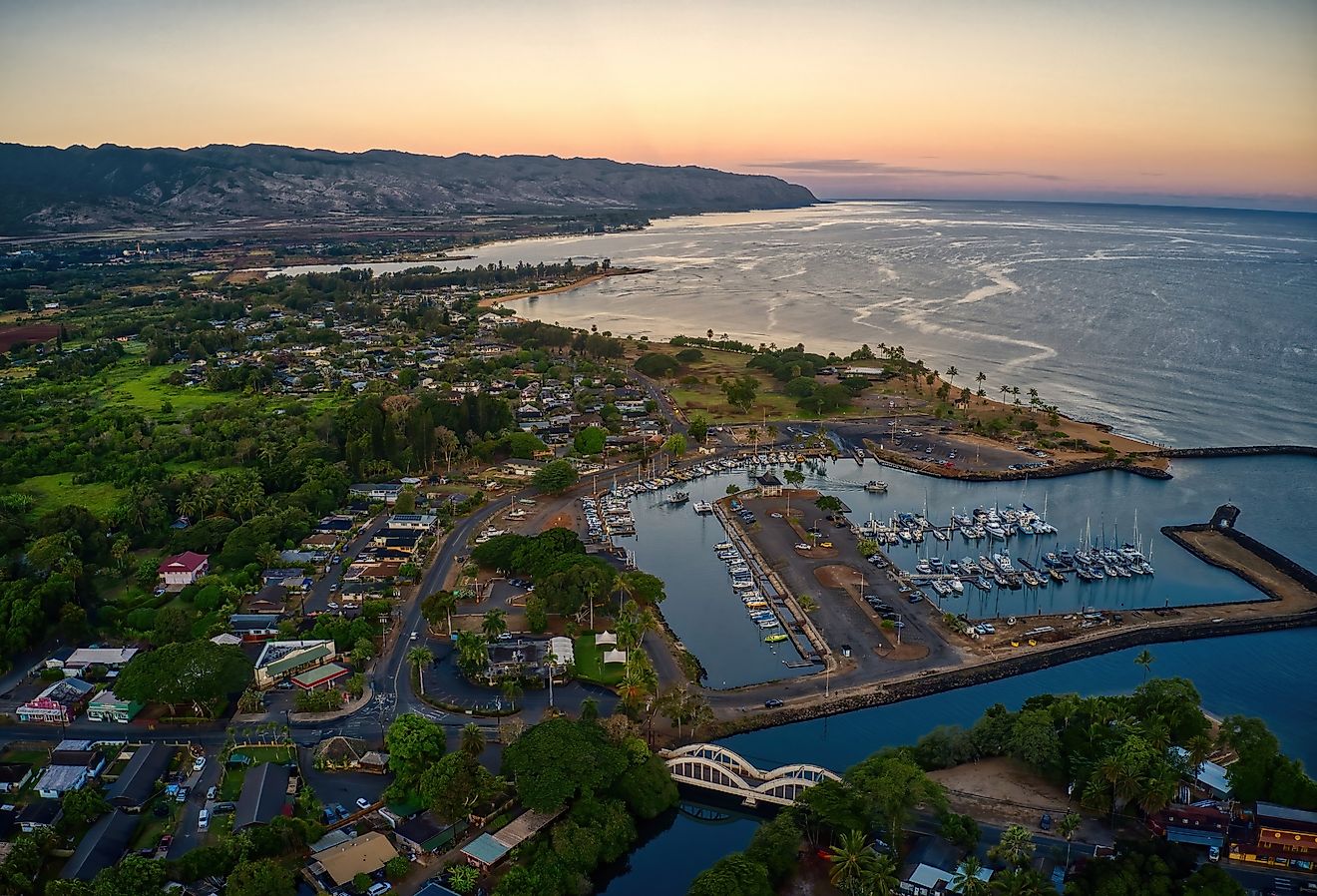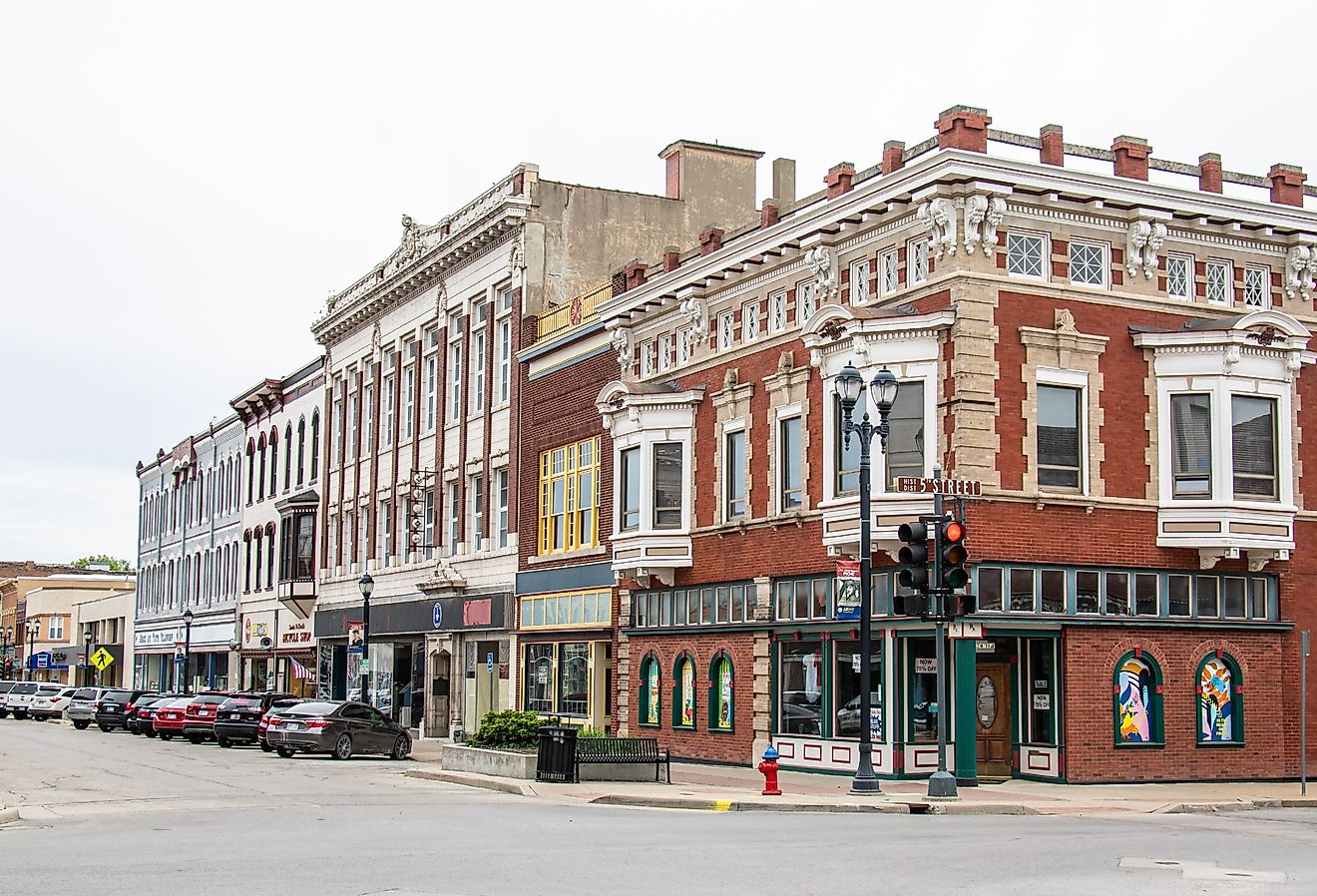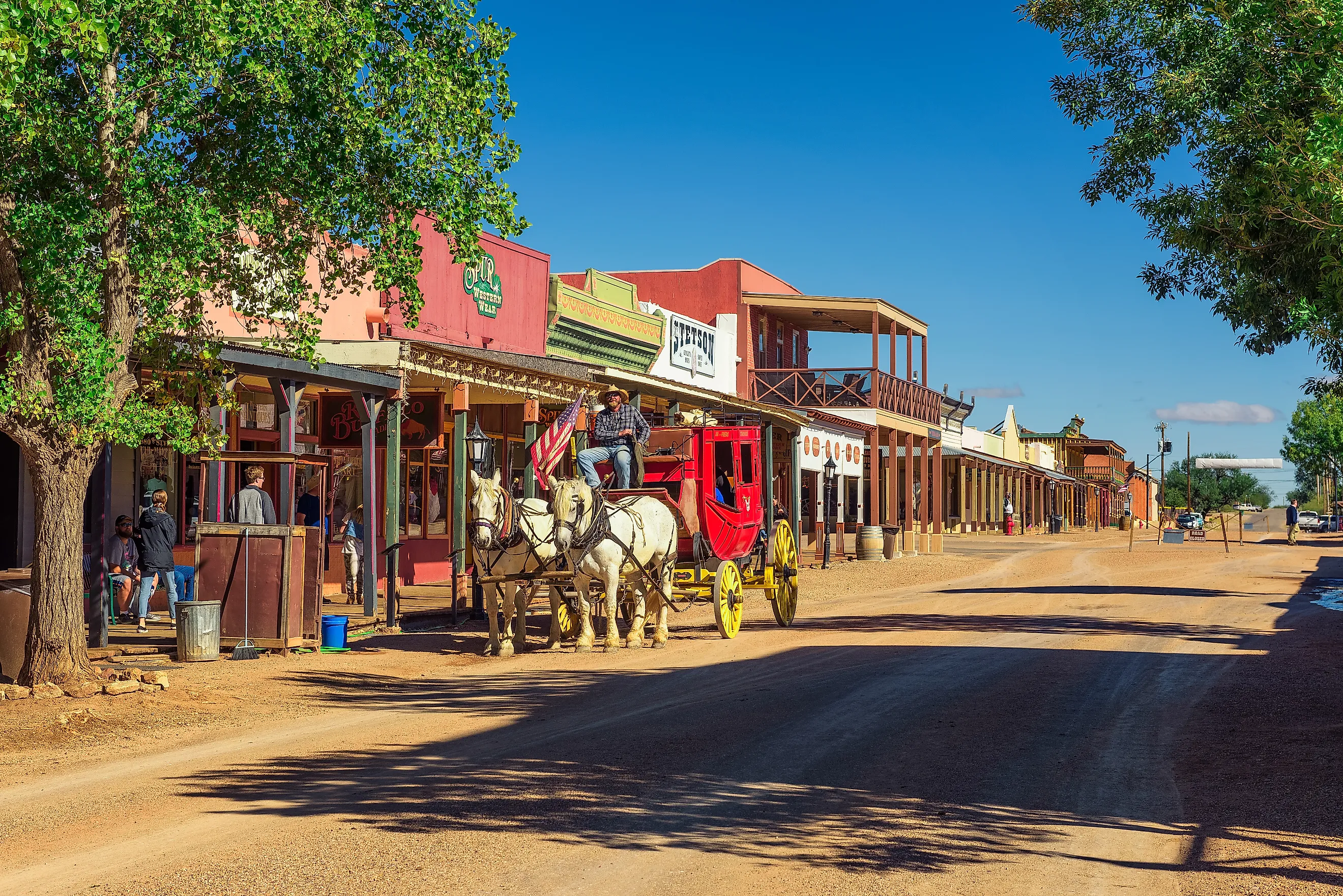
6 Main Streets Where Arizona Comes Alive
Arizona, aka the Grand Canyon State, is home to many fun small towns boasting classic American main streets. Pay a visit to the best of these historic thoroughfares and you’ll see downtowns where copper barons built opulent homes and opera houses, saloon bars where cowboys settled disputes with guns, and, of course, that stunning red rock backdrop
The best of these old main streets show evidence of Arizona's evolution from a remote territorial outpost to now bustling communities that attract thousands of visitors every year. From well-preserved Spanish colonial architecture to re-enactments of famous gunfights, the main streets in these six communities are where authentic Arizona comes alive.
Jerome
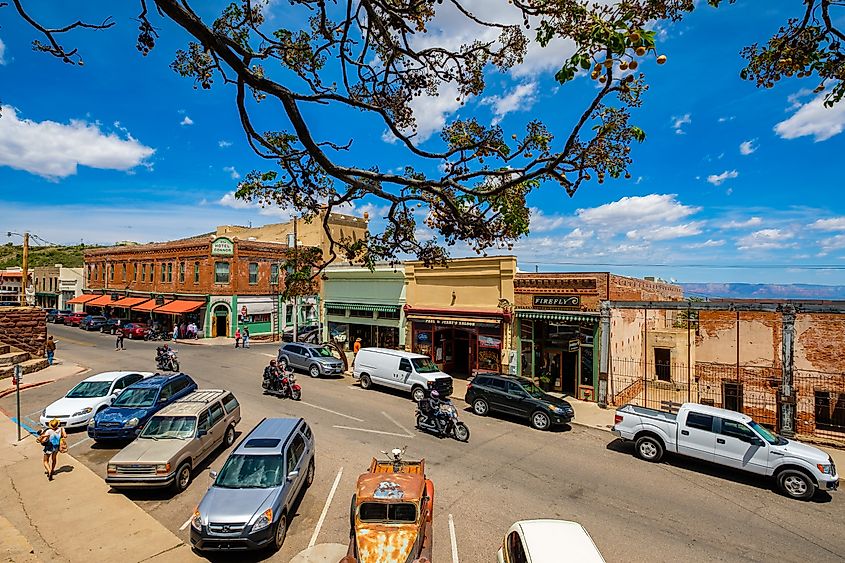
Located just 30 miles southwest of Sedona, Jerome's Main Street is one of the highest (in terms of altitude!) in Arizona. Set on Cleopatra Hill overlooking the Verde Valley, its 5,200-foot elevation makes this former copper mining town an awesome place to visit for a day or two. Founded in 1876 soon after the discovery of a vast copper seam, the town's United Verde Mine went on to produce a whopping $1 billion in ore in its lifetime, making it one of the world’s richest ever deposits.
Jerome Main Street follows the mountainside's natural contours, creating a quirky switchback route where buildings appear to be stacked on top one another. The Jerome Grand Hotel, built as a hospital in 1927, is about as high as you can get. This five-story Spanish Mission-style structure features rooms with superb valley views, while the hotel's ASYLUM Restaurant occupies the former hospital cafeteria and is worth a visit.
Main Street Jerome has become something of an arts hub, too, with many heritage buildings now home to art galleries and studios. One of the best, Raku Gallery, features contemporary ceramics and sculptures in a former mortuary, while the quirky Haunted Hamburger restaurant occupies a 1900s-era building where diners on the outdoor deck get “spooktacular” views over the rooftops of buildings below.
Bisbee
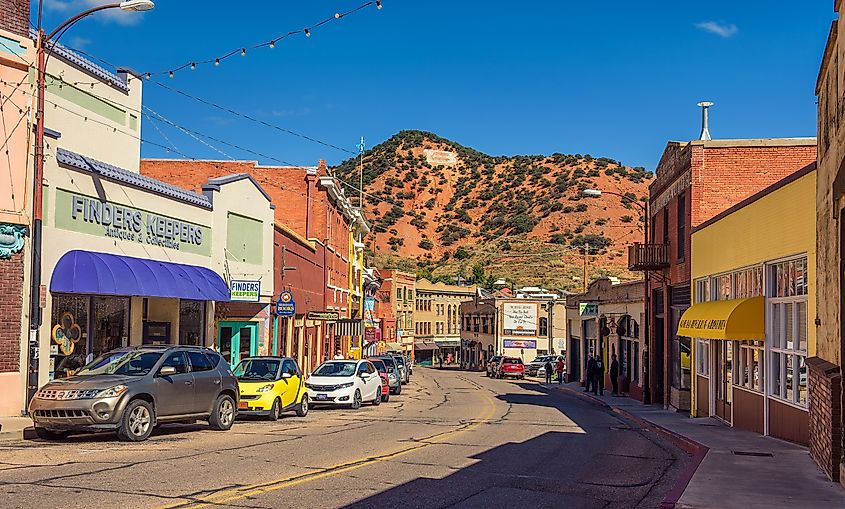
Bisbee's Main Street winds through Tombstone Canyon and follows Mule Gulch, a natural corridor through the scenic Mule Mountains. Located 90 miles southeast of Tucson and just 11 miles north of the border with Mexico, this copper mining town was incorporated in 1902 but traces its origins back to 1880 when prospectors staked claims in the area. The ensuing rare metals bonanza resulted in the formation of the Copper Queen Mine, which operated continuously from 1880 to 1975, producing eight billion pounds of copper plus significant gold and silver deposits.
Bisbee Historic District preserves many structures from the town’s mining heyday, most notably the Copper Queen Hotel. Opened in 1902, the hotel displays photographs of notable guests, including John Wayne and Julia Roberts, while the restaurant serves regional Mexican dishes. If you stay, ask for the haunted Room 315.
Another Main Street must-visit is the Bisbee Mining & Historical Museum. Housed in the old 1897 Copper Queen Consolidated Mining Company headquarters, this Smithsonian-affiliated attraction features old mining equipment, mineral samples, and local history exhibits. Check out the availability of a Queen Mine Tour, located close by and a fun way to spend an hour underground.
Tombstone
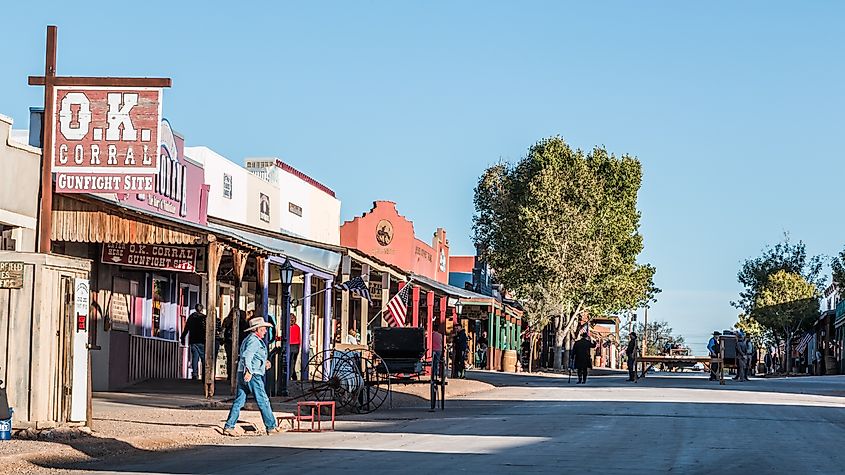
Allen Street, Tombstone’s main drag, remains virtually unchanged since the town’s 1880s heyday. Once home to 14,000 residents and Arizona's largest city (it’s now home to just over 1000 people), the town grew quickly after prospectors discovered silver in 1877, with the ensuing mining boom producing $85 million in silver by 1886. Visit today and you’ll still see those classic wooden sidewalks and hitching posts standing alongside original structures from the mining era, including the Crystal Palace Saloon. Built in 1879 and rebuilt a few years later after a fire, this lively establishment serves beer and whiskey while live music plays nightly.
Big Nose Kate's Saloon, named for Doc Holliday's companion and set in an old hotel from 1881, is a must for a meal, a drink, or for a peek at its fascinating photos of the building's brothel era. The infamous O.K. Corral, site of the 1881 gunfight, features daily reenactments, while Tombstone Courthouse State Historic Park, built in 1882, houses Wild West artifacts and displays. Also worth seeing, the Tombstone Epitaph newspaper, publishing continuously since 1880, has a museum with original printing presses and historic editions of the newspaper.
Tubac
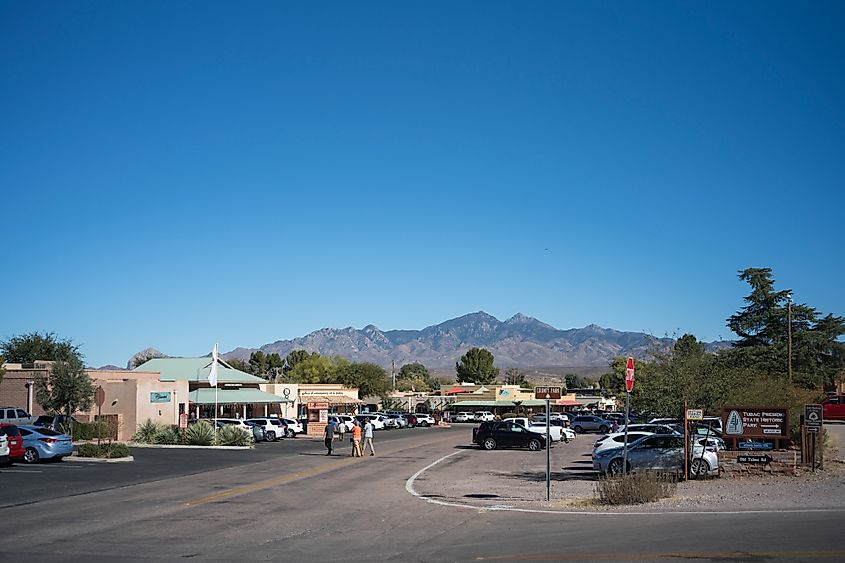
Tubac's authentic Arizona main Street, Plaza Road, follows the Santa Cruz River valley and ranks as one of the state’s oldest thoroughfares. Established in 1752 by Spanish colonists and the state’s first European settlement, the Tubac Presidio protected missionaries and settlers until Apache raids forced it to be vacated in 1776. Now a state park, it’s connected to the village center by Plaza Road and is a must-visit for its displays of historic artifacts and reconstructions of early Spanish colonial buildings.
Art galleries, studios, and shops now line the town’s historic downtown streets, including the K. Newby Gallery & Sculpture Garden with its indoor and outdoor displays of contemporary works. The Tubac Center of the Arts is another cultural highlight and features exhibits of local art in a building incorporating walls from the original presidio (classes in painting, ceramics, and jewelry making are also available).
The main street district comes alive during February’s Tubac Festival of the Arts with artist booths spread across the village. A visit during Anza Days in October is fun (and free) and commemorates Captain Juan Bautista de Anza's 1775 expedition with living history demonstrations and traditional music performances at the presidio grounds.
Wickenburg
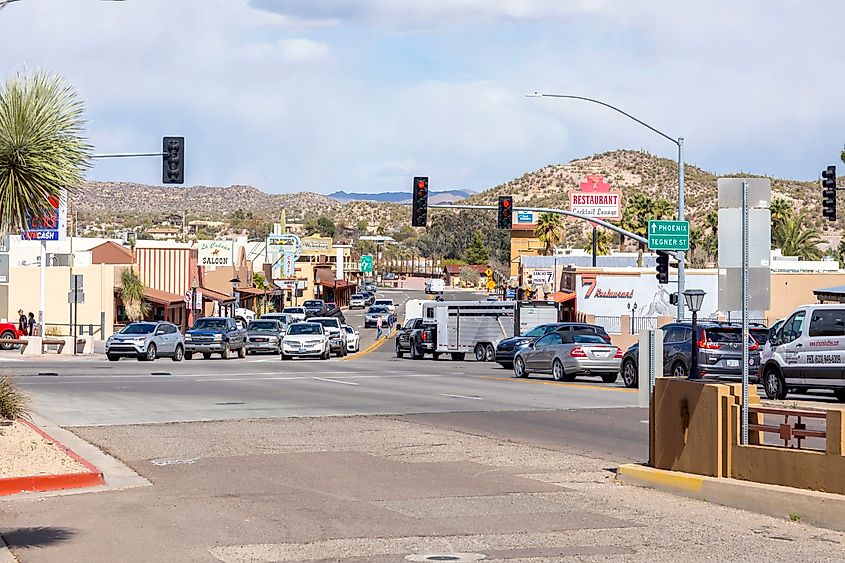
Named Wickenburg Way, the main drag of Wickenburg perfectly encapsulates the town’s Old West heritage. Set along the Hassayampa River, where prospector Henry Wickenburg discovered what was to become the Vulture Mine in 1863, its handy location relative to Phoenix ensured its rapid growth as a supply center for surrounding mines.Built in 1927 and now a classy boutique hotel, its Peacock Room restaurant features pressed tin ceilings and vintage light fixtures, making you feel as if you’re dining back in time.
The Desert Caballeros Western Museum on Frontier Street has displays of Western art, including works by Frederic Remington and Charles Russell, as well as the Kieckhefer Mineral Collection with its Arizona copper specimens. A must-see is the famous Jail Tree, a 200-year-old mesquite tree that served as the town jail from 1863 to 1890. Used when the nearby jail was full, it worked by simply chaining prisoners to its trunk.
Florence
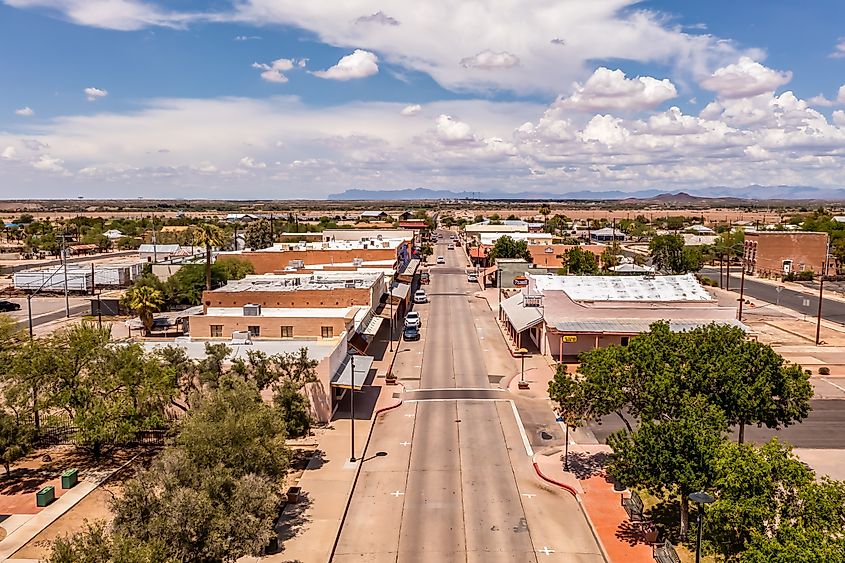
Main Street Florence preserves one of Arizona's most intact collections of territorial-era adobe buildings. Founded in 1866 and one of Arizona's oldest non-Native American communities, this lively town rapidly grew into a farming and political center before Phoenix emerged as the territorial capital. The Florence Historic District encompasses over 125 buildings along Main Street, with many constructed using sun-dried bricks that have survived Arizona's extreme temperatures for more than a century. Among them are the First Pinal County Courthouse, built in 1891 in American-Victorian style.
Now part of the McFarland State Historic Park, the old courthouse was the setting for trials of notorious figures, including Pearl Hart, the first woman to rob a stagecoach. Other highlights include the Pinal County Historical Museum. It occupies several historic buildings, including one from 1878 with artifacts and displays featuring the 1888 Pete Gabriel-Joe Phy shootout at the Tunnel Saloon; and the Main Street Fabric Company specializing in designer fabrics.
The Final Word
There’s no doubt that Arizona's small-town main streets make for awesome travel destinations. Set in authentic old communities with tons of character, each is rooted in culture, history, and that stunning scenery. So whether you’re seeking a spot of art and culture, a realistic Old West shootout, or even a taste of colonial Spain, these Arizona main streets are definitely where the Grand Canyon State comes alive.
